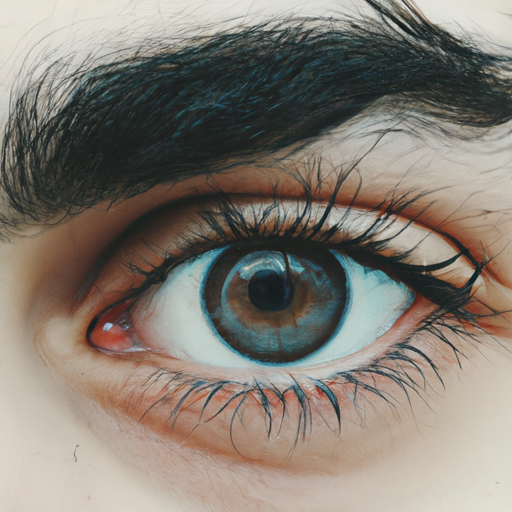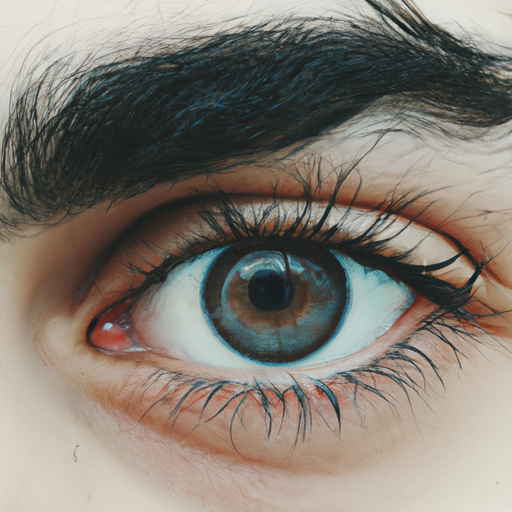As a medical professional, I often encounter patients who are concerned about their appearance, particularly when it comes to the area around their eyes. Baggy eyes or under-eye puffiness is a common issue that can make you look tired, older, and less vibrant. Fortunately, there are several effective ways to combat this issue and achieve a refreshed look. Here’s your ultimate guide to banishing baggy eyes.
Firstly, it’s crucial to understand what causes baggy eyes. The skin around our eyes is thinner than on other parts of our body, making it more susceptible to changes. As we age, the tissues and muscles supporting our eyelids weaken, causing the fat that helps support the eyes to migrate to the lower eyelids, resulting in puffiness or bags. Fluid retention due to various factors like diet, sleep patterns, and weather can also contribute to this condition.
One of the simplest ways to reduce under-eye puffiness is by improving your sleep habits. Lack of sleep can cause the skin to appear pale and dull, allowing dark tissues and blood vessels beneath your skin to show. Try to get at least seven to eight hours of sleep every night and elevate your head with an extra pillow to prevent fluid build-up that can lead to puffiness.
Diet also plays a significant role in maintaining healthy skin. Consuming a diet rich in vitamins, antioxidants, and omega-3 fatty acids can improve skin health and reduce puffiness. Limit your intake of salty foods as they can cause fluid retention. Stay well-hydrated by drinking plenty of water throughout the day.
Incorporating certain lifestyle changes can also help in reducing baggy eyes. Regular exercise promotes better circulation and can reduce the risk of fluid accumulation. Avoiding alcohol and tobacco, which can dehydrate and damage your skin, is also beneficial.
Topical treatments like eye creams and gels containing retinol, hyaluronic acid, and peptides can help tighten the skin around the eyes and reduce puffiness. Cold compresses or chilled tea bags applied to the eyes can also provide temporary relief by constricting blood vessels and reducing swelling.
In some cases, under-eye bags may be a sign of an underlying health condition like allergies or thyroid disease. If you notice persistent or worsening under-eye puffiness, it’s important to consult a healthcare professional to rule out any medical issues.
For those seeking more dramatic results, there are cosmetic procedures available to reduce under-eye bags. Blepharoplasty, or eyelid surgery, is a procedure where the surgeon removes excess fat and skin from the lower eyelids. Non-surgical treatments like fillers can also help to smooth the transition between the under-eye area and the upper cheek, reducing the appearance of puffiness.
However, it’s important to remember that these procedures should be considered as a last resort and are not without risks. Always consult with a board-certified dermatologist or plastic surgeon to discuss your options and potential side effects.
In conclusion, baggy eyes are a common concern that can be addressed with a combination of good sleep habits, a healthy diet, regular exercise, and appropriate skincare. While cosmetic procedures can offer more significant results, they should be considered carefully and used as a last resort. By taking care of your overall health and well-being, you can achieve a refreshed and vibrant look that goes beyond just your eyes.




